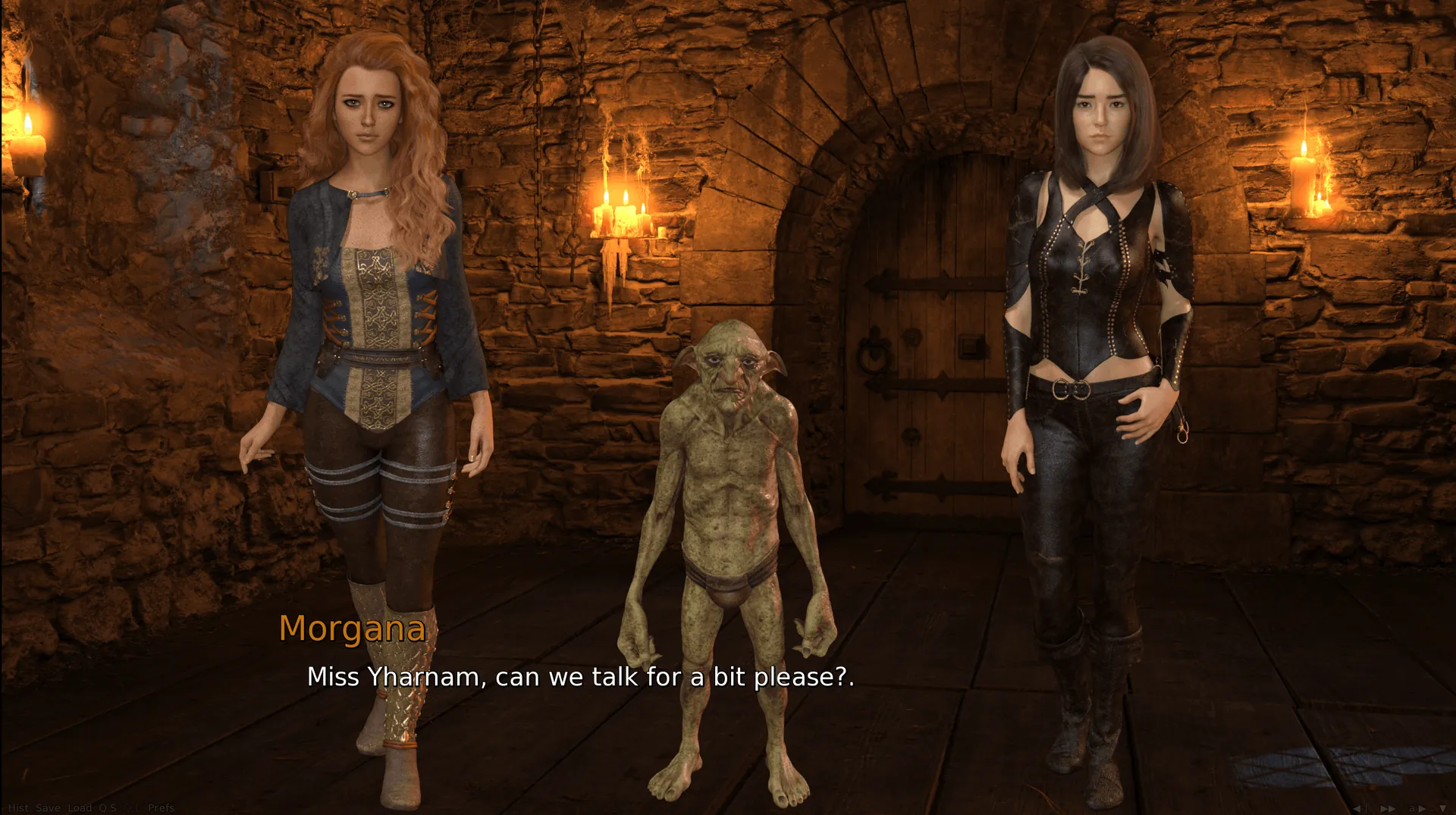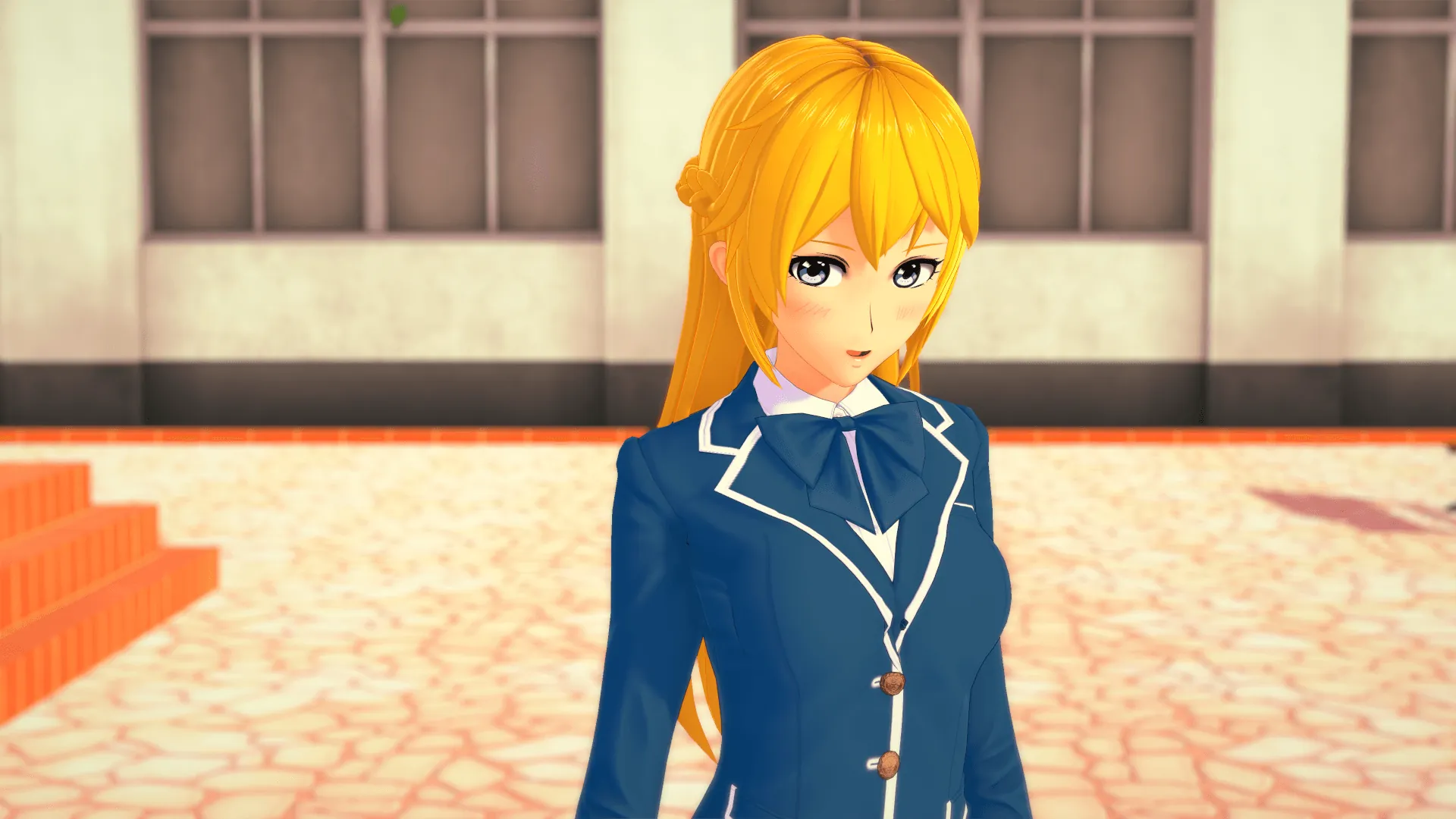
Aperture
Play Aperture
Aperture review
Explore the psychological depth and character-driven storytelling of this captivating mystery experience
Aperture stands as a compelling mystery experience that immerses players in a tense narrative centered around Keita, a sharp-witted prep-school student navigating the prestigious Hoshino Academy. This story-driven adventure combines emotional depth with complex character relationships, exploring themes of manipulation, corruption, and personal struggle. If you’re drawn to narrative-focused experiences with rich character development and psychological complexity, Aperture delivers a memorable journey that keeps you engaged from beginning to end. This guide explores what makes this mystery experience unique and why it resonates with players seeking meaningful storytelling.
Understanding Aperture’s Narrative Framework and Setting
The Hoshino Academy Environment and Its Role in the Story
Let me tell you about the first time I truly felt the weight of a game’s setting. It wasn’t just a backdrop; it was a character in its own right. That’s the exact feeling Hoshino Academy setting evokes from the moment you step into its meticulously manicured grounds. 🏫 This isn’t just any school—it’s a gilded cage, a place of prestige and tradition that masks a simmering unease. The polished hallways, the silent, watching portraits of former principals, the perfectly kept courtyard… they all create an atmosphere that is both beautiful and deeply oppressive.
The genius of this environment is how it directly fuels the Aperture mystery game narrative. The Academy’s rigid rules and emphasis on appearances become the perfect pressure cooker for the story’s events. As a player, you don’t just observe the setting; you inhabit it. You feel the tension between the public image of perfection and the private realities starting to crack. The setting itself becomes a source of clues and a barrier to the truth, making every discovery feel earned. 🌳
Think of it this way: the Academy’s structure—its hierarchy, its unspoken social codes, its isolated nature—is the stage upon which the drama unfolds. It dictates how characters can interact, what they can say publicly, and what must remain hidden. This environment is crucial for establishing the initial normalcy, making the subsequent emotional and psychological unraveling all the more impactful. It’s the pristine canvas before the paint begins to splatter.
Keita’s Journey: Following the Protagonist Through Emotional Turmoil
At the heart of this experience is our window into this world: the Keita protagonist character. Keita isn’t a super-powered hero or a genius detective; he’s refreshingly, painfully human. We see the story through his eyes, and more importantly, we feel it through his heart. His journey is the core of the game’s emotional turmoil narrative, and it’s what makes the experience so uniquely gripping. 😥
When you first meet Keita, he’s just a student trying to find his place, finding solace in the photography club. His initial perspective is one of curiosity and a desire for connection. But as the mystery deepens, you witness a profound change. The game masterfully puts you in his shoes, making you grapple with the same doubts, fears, and moral ambiguities. This is where the psychological depth mystery truly shines. You’re not just solving a puzzle; you’re navigating the slow fracturing of a person’s reality.
I remember a specific moment in my playthrough where Keita’s internal conflict hit me like a ton of bricks. A seemingly small revelation completely re-contextualized a relationship he trusted, and the game didn’t just tell me he was upset—it made me feel that sinking sensation of betrayal and confusion. His emotional state becomes your compass, and it’s a needle that spins wildly as the pressure mounts. This intimate connection is the hallmark of superior character-driven storytelling.
Player Tip: Pay close attention to the photography mechanics. The shots Keita chooses to take aren’t just for a collection; they are a direct reflection of his shifting focus and emotional state throughout the story.
His role is to navigate, to question, and ultimately, to survive the psychological maze he finds himself in. The strength of the Keita protagonist character lies in his vulnerability, making every victory feel fragile and every setback deeply personal.
The Three-Character Dynamic: Keita, Daizo, and Rin’s Interconnected Fates
The true engine of the Aperture mystery game narrative is the tangled web connecting its three central figures. This isn’t a story about a lone hero; it’s a delicate and destructive dance between Keita, Daizo, and Rin. Their fates are so tightly wound that a pull on one thread threatens to unravel them all. 🕸️
Keita, as we’ve established, is our anchor. Daizo, the principal, is the source of immense external pressure. He is the embodiment of the Academy’s authority, a figure whose presence looms over every interaction, creating an atmosphere of constant, low-grade dread. Then there’s Rin, connected to both through the shared space of the photography club. She is the catalyst, the person caught in the crossfire, and the key to understanding the human cost of the unfolding drama.
This triad creates a perfect storm for narrative tension. Keita’s growing attachment to Rin puts him on a direct collision course with Daizo’s influence and control. The photography club, which should be a sanctuary, becomes the epicenter of this conflict. It’s through their interactions—the whispered conversations, the stolen glances, the escalating confrontations—that the story’s core themes are explored.
To understand how these forces interact, let’s break down their dynamic:
| Character | Role in the Narrative | Primary Connection | Impact on the Story |
|---|---|---|---|
| Keita | The Lens (Player Perspective) | Seeks connection with Rin; Resists Daizo’s control | Drives the investigation; Embodies the emotional cost |
| Daizo | The Pressure (Antagonistic Force) | Exerts authority over Rin; Creates obstacles for Keita | Personifies the system’s corruption; Fuels the central conflict |
| Rin | The Heart (Emotional Core) | Forms a bond with Keita; Is under Daizo’s influence | Humanizes the stakes; Motivates Keita’s actions |
This structure ensures that the character-driven storytelling remains paramount. You’re not just uncovering “what happened”; you’re witnessing how these specific people, with their unique vulnerabilities and desires, react under extreme pressure. The mystery is inseparable from their relationships.
The Art of the Slow Burn: Unpacking the Slow Corruption Theme
If there’s one thing that sets Aperture’s narrative apart, it’s its masterful handling of the slow corruption theme. This isn’t a story that relies on jump scares or sudden, shocking twists. Instead, it employs a far more insidious and effective technique: the gradual erosion of what you believe to be true. It’s a psychological drip-feed that alters your perception so subtly you barely notice it happening—until you look back and realize how far you’ve fallen. 📉
The slow corruption theme manifests brilliantly through character interactions. Early on, Daizo’s actions might seem merely strict or overly protective. But as the story progresses, your perception shifts. A comment that once seemed benign becomes loaded with menace. A gesture of control is revealed to be something much darker. This is where the game’s psychological depth mystery truly excels; the corruption isn’t just happening to the world or the situation, it’s happening to you, the player, through your surrogate, Keita.
Here is a specific example of how this theme builds: Early in the game, Keita might witness Daizo having a quiet, intense conversation with Rin. Initially, it’s framed as a principal concerned about a student’s well-being. Later, you find a small, seemingly unimportant item misplaced in the photography club. Then, you overhear a fragmented, ambiguous comment from another student. None of these are major revelations on their own. But together, they form a pattern. The game trusts you to connect these dots, making you an active participant in the creeping dread. The corruption isn’t a single event; it’s the accumulation of a hundred small, unsettling details. 🧩
This approach is what makes the emotional turmoil narrative so powerful. The tension doesn’t come from a monster jumping out of a closet, but from the terrifying realization that the person you’re talking to is not who you thought they were, or that an institution you trusted is fundamentally broken. It’s a corrosion of trust and sanity, making the final revelations feel both shocking and inevitable.
Why Character-Driven Storytelling Creates Lasting Impressions
So, why does this approach work so well? In a landscape often filled with spectacle, Aperture’s commitment to character-driven storytelling is its greatest strength. By prioritizing psychological depth mystery over cheap thrills, the game forges a connection with the player that lingers long after the credits roll. You don’t just remember what you discovered; you remember how it made you feel, and whose lives you saw change forever. 💔
This focus on character makes every revelation land with immense weight. Finding a clue isn’t just about progressing the plot; it’s about understanding what that clue means for Keita’s state of mind, for Rin’s safety, or for unmasking Daizo’s true nature. The mystery serves the characters, not the other way around. This is the core of the Aperture mystery game narrative—it understands that the most compelling puzzles are human ones.
The game’s portrayal of emotional turmoil narrative feels authentic because it’s given room to breathe. Keita’s anxiety, his moments of resolve, his instances of despair—they aren’t rushed. They unfold at a human pace, allowing you to sit with the discomfort and truly absorb the impact of each event. This creates a profound sense of empathy, putting you right beside the Keita protagonist character for every step of his harrowing journey.
Ultimately, Aperture demonstrates that the most terrifying monsters aren’t supernatural creatures, but the hidden facets of the human psyche and the corrosive nature of secrets. The Hoshino Academy setting provides the perfect, pressure-sealed environment for this exploration, and the brilliant character dynamics make the experience unforgettable. It’s a masterclass in how to weave setting, character, and theme into a cohesive and profoundly affecting whole. 🌌
Aperture represents a compelling entry in mystery storytelling, offering players a richly woven narrative that prioritizes psychological depth and character complexity. Through Keita’s perspective at Hoshino Academy, the game masterfully intertwines three distinct character arcs—the protagonist navigating emotional turmoil, the principal creating tension, and the photography club member caught in the middle. The slow corruption theme ensures that every revelation carries weight, creating an experience that lingers long after completion. Whether you’re drawn to immersive narratives, complex character relationships, or psychological mystery elements, Aperture delivers a memorable experience that rewards careful attention to its intricate storytelling. For players seeking meaningful character development and emotional depth over conventional gameplay mechanics, this mystery experience offers exactly what you’re looking for. Dive into Aperture today to uncover its secrets and experience the unfolding drama firsthand.
















